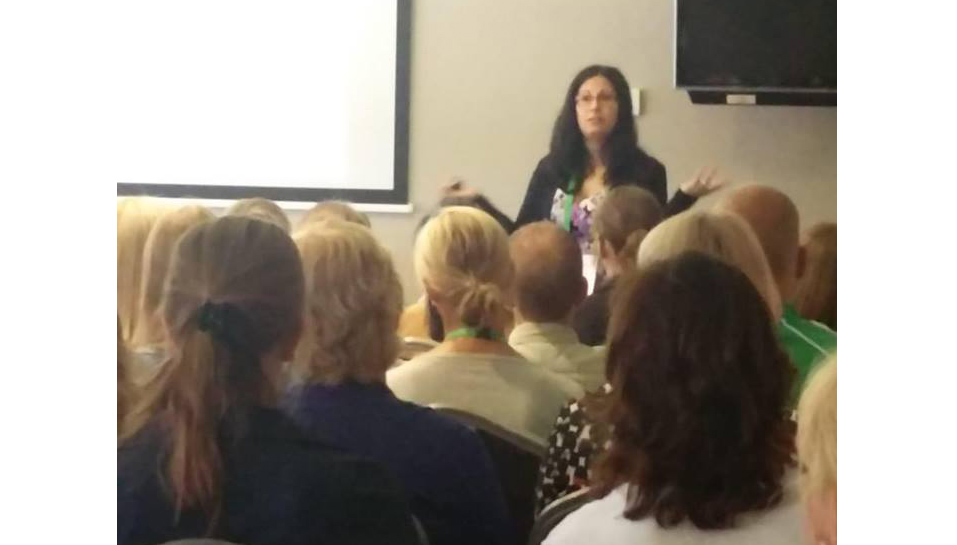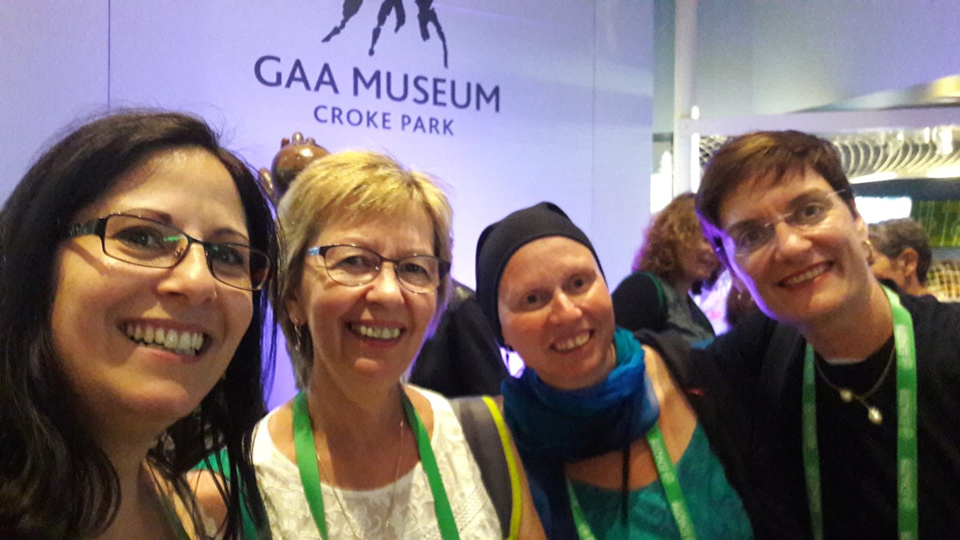by Julie Taplin, Chief Executive, Potential Plus UK
Every two years the European Council for High Ability (ECHA) organises a conference for the sharing of research and best practice amongst educators, researchers, psychologists, teachers and others interested in the field of high ability. This summer the conference was hosted by The Centre for Talented Youth in Ireland and I was delighted to attend, together with Potential Plus UK’s Senior Assessor, Andrea Anguera.
As always for a charity, accessing funding is never easy, so we are grateful to two of our sponsors for aiding our attendance. It’s important for an organisation like Potential Plus UK to be part of this wider network, both to share the good work that we are doing, and to learn from the experience of others, who are often operating in a wide range of educational, economic and political environments.
One of the most significant contributions for me was the opportunity to hear keynote speaker, Professor Francoys Gagné, discussing his theory of talent development, which, since 2015, has been referred to as the Integrated Model of Talent Development (IMTD). Even a cursory glance at this model highlights the complexity of what we are trying to define and, frequently, measure. By ‘we’ I mean not only the wider community working in this field (psychologists and researchers both nationally and internationally), but particularly how we at Potential Plus UK, our parents and our teachers understand, identify and provide for the complexity of high learning potential. There are, of course, other models and other theories, but an awareness of this complexity can be a good starting point to develop our understanding.
For several years Potential Plus UK has carried out a High Learning Potential Assessment to aid both parents’ and schools’ understanding of this complexity. It inevitably cannot cover everything that impacts on a child’s development but it does provide a good basis to explore the learning profile of the child, their individual areas of strength and those where the child struggles, and to make recommendations for how best to meet those specific needs. At the conference, our Senior Assessor, Andrea Anguera, led a workshop based on our experience of ways to support a dual or multiple exceptional learner (a child who has both high learning potential and a learning difficulty or disability). She shared practical recommendations in several areas, including:
- Sensory difficulties and attention
- Processing speed and working memory
- Emotional needs
- Social needs
- Behaviour
- Study skills
Of course, the social side of a conference can also bring huge benefits. Potential Plus UK continues to work in partnership with its ‘sister’ organisation, the DGhK in Germany, and the conference gave us the opportunity to explore ideas for future collaboration. We also met with delegates from parent organisations from Switzerland, the Czech Republic, the Netherlands and Hungary, all of whom are keen to work together on a new European initiative, High European Learning Potential, with the aim of increasing the voice of parents across countries. We will keep you posted on those developments!
Francoys Gagné’s Theory of Talent Development has gradually developed through various stages and names. The Comprehensive Model of Talent Development (CMTD) unifies two earlier models; Differentiated Model of Giftedness and Talent (DMGT), and the Developmental Model for Natural Abilities (DMNA). The theory as presented at ECHA is now called the Integrated Model of Talent Development.
Read more about these models in:
2017: Fundamentals of Gifted Education: Considering Multiple Perspectives https://www.taylorfrancis.com/books/e/9781317275671/chapters/10.4324%2F9781315639987-6
2014: From genes to talent: the DMGT/CMTD perspective https://www.mecd.gob.es/dctm/revista-de-educacion/articulosingles/gagne.-f.-en.-1-368.pdf?documentId=0901e72b81cbf793
2012: Building gifts into talents: Brief overview of the DMGT 2.0 http://docs.wixstatic.com/ugd/b64a15_d990e509038044d6a59b648bb9e2c472.pdf
and hear him speak about the theory in this 2015 YouTube Video









